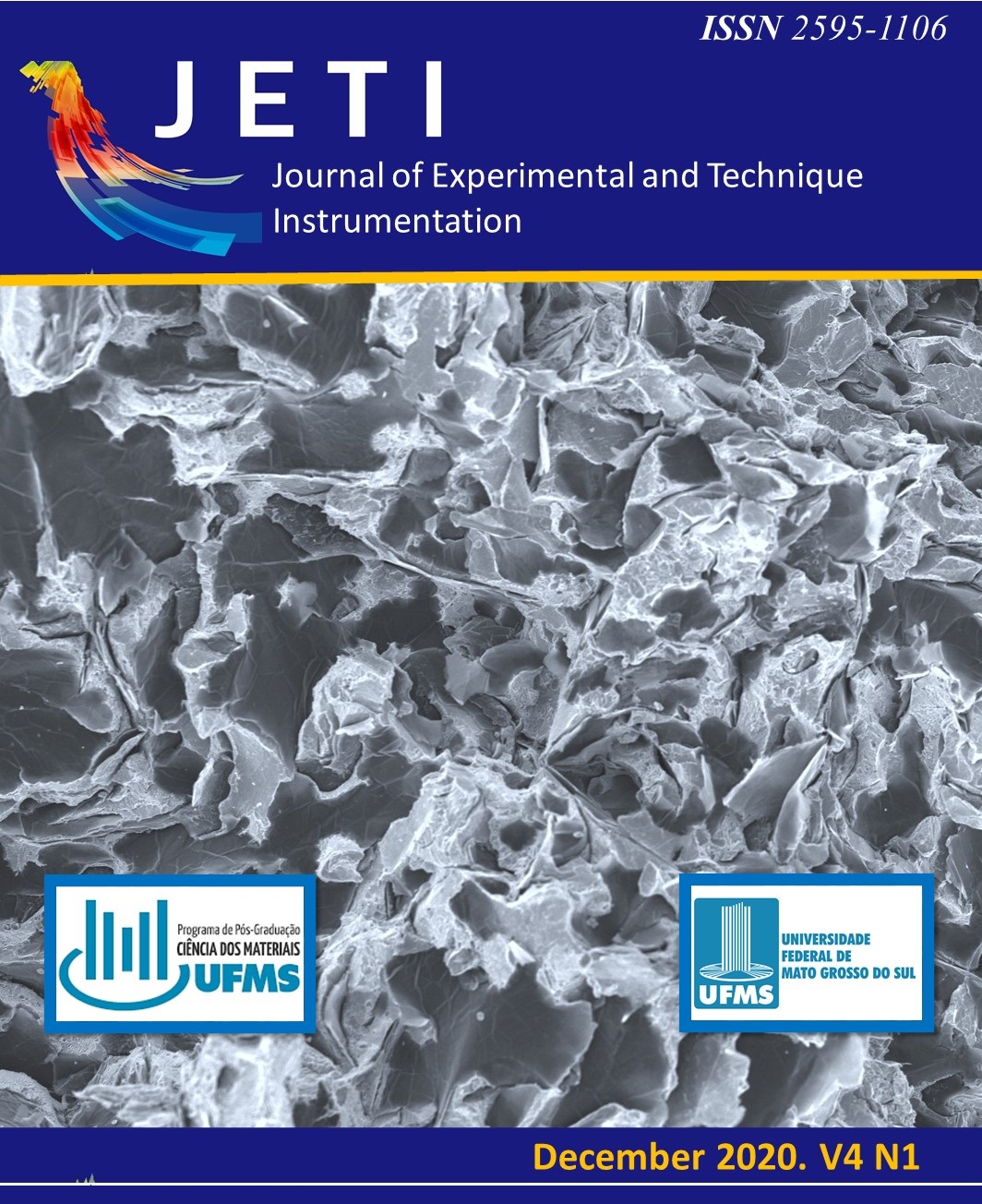Preparation of Bi-based heterostructures through the one-pot method with the potential to photocatalytic applications
Abstract
This paper describes a facile one-pot method to obtain Bi-based heterostructures by calcination process and evaluate the physical-chemical properties. The increase in the temperature treatment changed the sample’s phase crystalline, the synthesis method proposed was able to obtain (BiO)2CO3, α-Bi2O3, and β-Bi2O3 pure phases and (BiO)2CO3/α-Bi2O3 and α-Bi2O3/β-Bi2O3 heterostructures. Additionally, the annealing temperature also influences the morphology, optical, and photocatalytic properties. The temperature increases decreased the sample’s bandgap, and the above 350ºC, the samples became active under visible radiation. The photocatalytic performance of the samples was evaluated under UV and visible radiation on the MB degradation, it was observed that under UV radiation, the (BiO)2CO3 phase exhibited higher performance than the Bi2O3 phase. Therefore, we can confirm that the increases in the temperature harmed the photocatalytic performance under UV radiation. On the other hand, synthesized samples above 300°C showed the best performance under visible radiation, due to the bandgap reduction and the electron/hole pair lifetime increasing.
The Articles do not require transfer of copyright as the copyright remains with the author. In confirming the publication of your article with open access you agree to the Creative Commons Attribution License.




